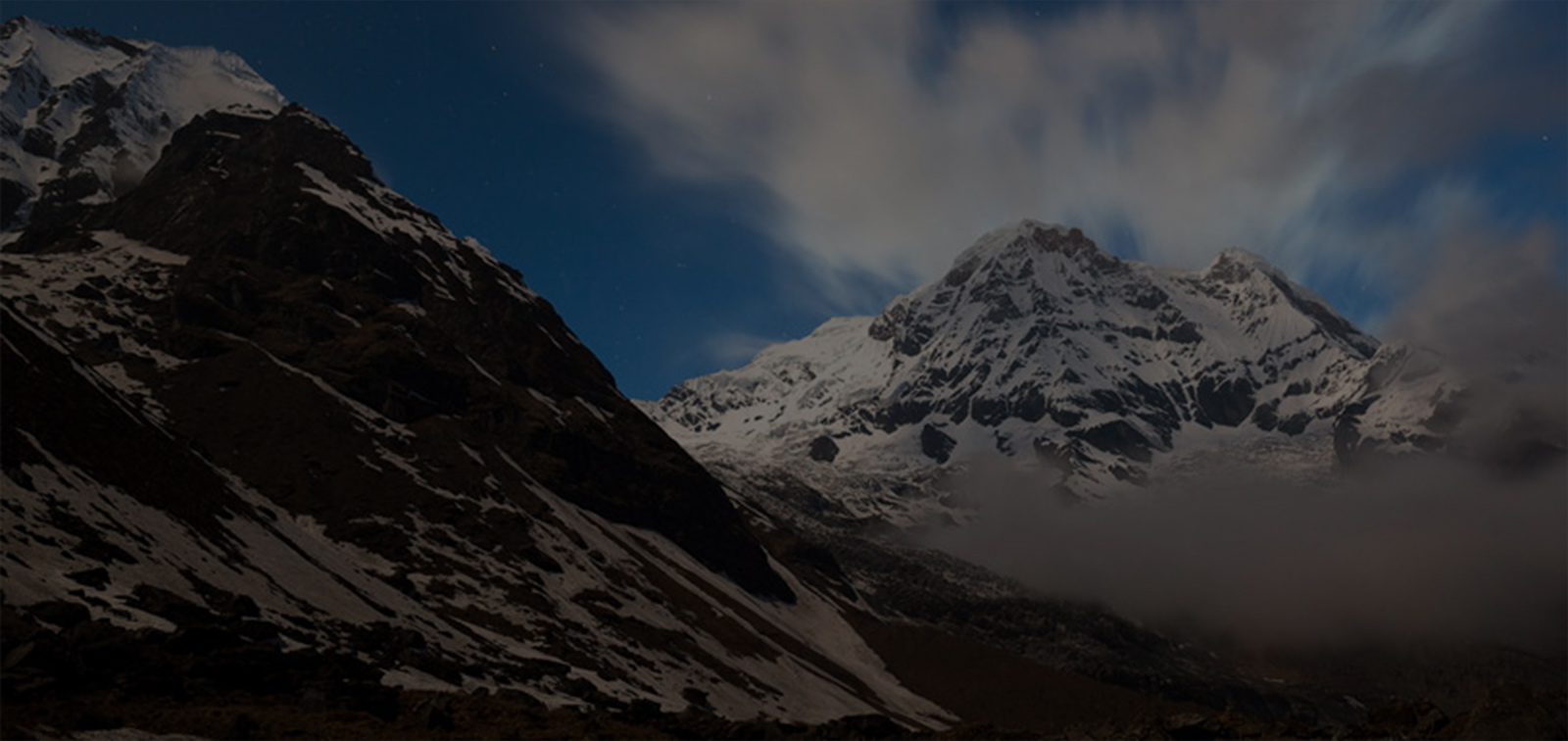Nepal is a land where spirituality permeates every facet of life, with two major religions, Hinduism and Buddhism, weaving an intricate tapestry of beliefs and practices. Hinduism, the predominant faith, is a vibrant celebration of deities, with the revered triumvirate of Brahma, Vishnu, and Shiva forming the cornerstone of worship. Yet, within this divine trinity lies a kaleidoscope of manifestations and incarnations, each with its own intricate mythology and symbolism. The faithful devotion to these deities is exemplified by the "Bahaan," sacred vehicles that kneel faithfully outside shrines, serving as guardians of the divine.
Buddhism, the second major religion, holds a profound significance in Nepal, as it was here that the enlightened Shakyamuni Buddha was born in the 6th century BC. His teachings and philosophy have left an indelible mark on the nation, with the awe-inspiring stupas of Swayambhunath and Boudhanath in Kathmandu standing as architectural marvels and revered sites of pilgrimage for Buddhists worldwide.
Amidst this rich tapestry of spiritual heritage, Nepal's linguistic diversity shines through, with Nepali serving as the national language and the common thread that binds its myriad communities together. Written in the elegant Devanagari script, Nepali is the lingua franca that transcends the boundaries of the country's diverse dialects and tongues.
Yet, Nepal's linguistic landscape extends far beyond its borders, as the nation's embrace of tourism has fostered a multicultural environment where languages such as English, Japanese, French, Spanish, Italian, and Chinese are widely spoken and understood, particularly in urban areas. This linguistic mosaic not only facilitates cross-cultural exchange but also serves as a testament to Nepal's openness to the world, welcoming visitors with open arms and a shared understanding that transcends linguistic barriers.





















